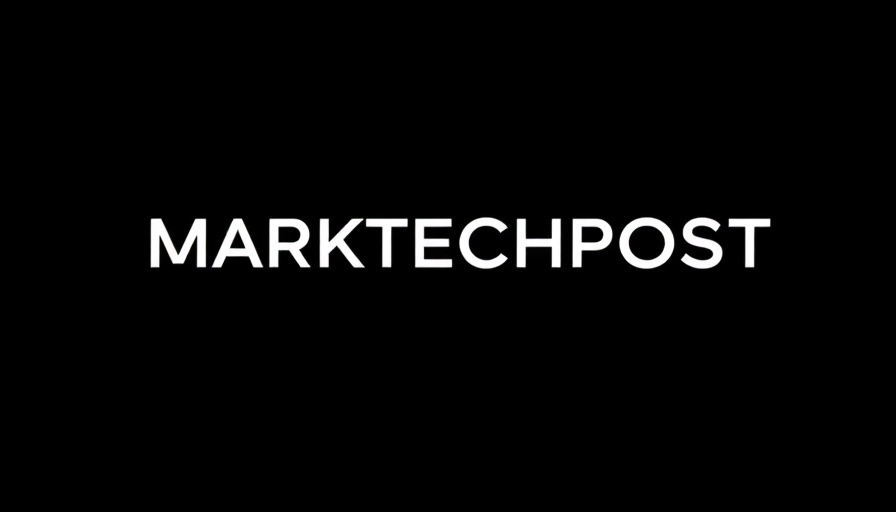
Building a Cipher Workflow for AI Agents: A New Age of Efficiency
In the fast-paced world of small and medium-sized businesses, leveraging advanced technologies can significantly improve workflow efficiency. One such technology is the Cipher-based workflow for AI agents, which enhances security and dynamic decision-making capabilities.
Understanding the Cipher Workflow: A Step Beyond Traditional Applications
The Cipher workflow integrates API calls into an easy-to-manage format, allowing businesses to dynamically select the most suitable LLM (language model) based on their current requirements. This adaptability ensures that organizations can switch between providers like OpenAI, Gemini, or Anthropic seamlessly. For small and medium-sized businesses, this means enhanced security and performance without the need for extensive technical knowledge.
How It Works: Key Components of the Dynamic Selection Process
The tutorial demonstrates how to securely capture API keys within the Colab UI, ensuring sensitive information remains protected. The dynamic selection function is critical here; it intelligently checks for available API keys and chooses the appropriate model. By employing environment variables, users can maintain security and efficiency in their workflows, setting a precedent for responsible technology usage.
Practical Applications for Small and Medium-Sized Businesses
Implementing a secure Cipher workflow can transform various business operations, from marketing to customer service interactions. Imagine a marketing team that dynamically generates responses tailored to customer queries in real-time using AI. This not only saves time but enhances customer satisfaction, keeping businesses competitive in a crowded marketplace.
Real-Life Context: Success Stories in AI Implementation
Many businesses have already started realizing the benefits of such technology. For instance, a small e-commerce retailer successfully integrated AI to manage customer inquiries, resulting in a 30% decrease in response time and a notable increase in customer satisfaction ratings. The adaptability of the Cipher workflow allows these companies to grow and pivot according to market demands.
Future Predictions: Embracing AI for Continued Growth
Experts predict that as more businesses recognize the importance of integrating AI, tools like the Cipher workflow will become standard practice. Dynamically switching between AI providers will enhance customization and efficiency, allowing businesses to keep pace with customer expectations and technological advancements. Investing in such tools now could place small and medium enterprises ahead of the curve.
Step-by-Step Implementation: Bringing the Workflow to Life
To get started with your own Cipher workflow, ensure you have Node.js and the Cipher CLI installed. Securely enter your API keys using the provided tutorials. Once set up, implement the helper functions to manage your workflows effectively. Enabling memory in AI can improve decision-making processes and long-term customer relationships.
Overcoming Challenges: Common Misconceptions About AI in Business
Many SMEs still hesitate to adopt AI due to misconceptions about its complexity and costs. However, the Cipher workflow simplifies implementation and makes it accessible for businesses of all sizes. Recognizing that automation can lead to a more segmented customer engagement strategy will ensure that companies remain relevant and responsive to their clients.
Call to Action: Are You Ready to Transform Your Business?
As you consider implementing AI solutions like the Cipher workflow, reflect on how this technology can align with your business goals. Start today by exploring secure methods for API integration and enhance your operational efficiency from information storage to customer engagement.
In conclusion, mastering tools such as the Cipher workflow not only offers enhanced security through memory capabilities, but it also empowers small and medium-sized businesses to scale operations intelligently. By embracing this technology today, you pave the way for a more efficient and profitable tomorrow.
 Add Row
Add Row  Add
Add 



Write A Comment